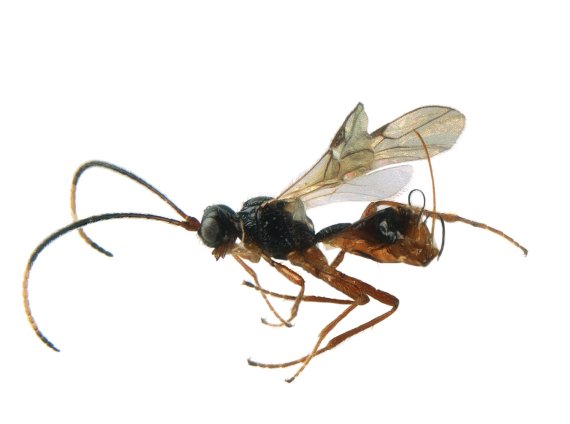Biology student Eva Drukker was the lucky finder.
Drukker found the Idiasta dichrocera last August on top of the 25-metre high roof of the Erasmus University Medical Center in Rotterdam, while doing her internship at Bureau Stadsnatuur (Urban Nature Bureau) Rotterdam. ‘I was looking at what insects can still be found on green roofs 100 metres up.’ Because there are no green roofs that high in the Netherlands, Drukker had to do things differently.‘I managed to find one building that is 70 metres high.Then I looked for buildings of different heights in order to make a gradient that could be extrapolated to 100 metres.’ In the end she managed to make an inventory of the flora and fauna on 21 green roofs.
I looked at what insects are found on green roofs
‘At one point I was looking at the insects I’d found and I noticed this braconid wasp,’ she says.‘But I had no idea what it was.’ The insect was identified a few months ago by biologist Kees van Achterberg who works at Naturalis research institute for biodiversity. The discovery was first aired on the Sunday morning nature radio programme, Vroege Vogels, on 14 April.

As far as is known the braconid wasp is found in Sweden, Germany, Czechia, Russia and China. The Dutch specimen is a female and she has been added to the collection of the Natural History Museum in Rotterdam entitled Dead animals with a story.
By the way, Drukker did discover that there was a relationship between the height of buildings and insect biodiversity. ‘On sedum roofs the number of insects declines with altitude. On roof gardens with trees and lots of vegetation there was no correlation. What is clear is that insects are perfectly capable of colonizing roofs up to considerable heights. And that’s good news given the current decline in insect populations.’

 Idiasta dichrocera Photo Kees van Achterberg, Naturalis
Idiasta dichrocera Photo Kees van Achterberg, Naturalis 

